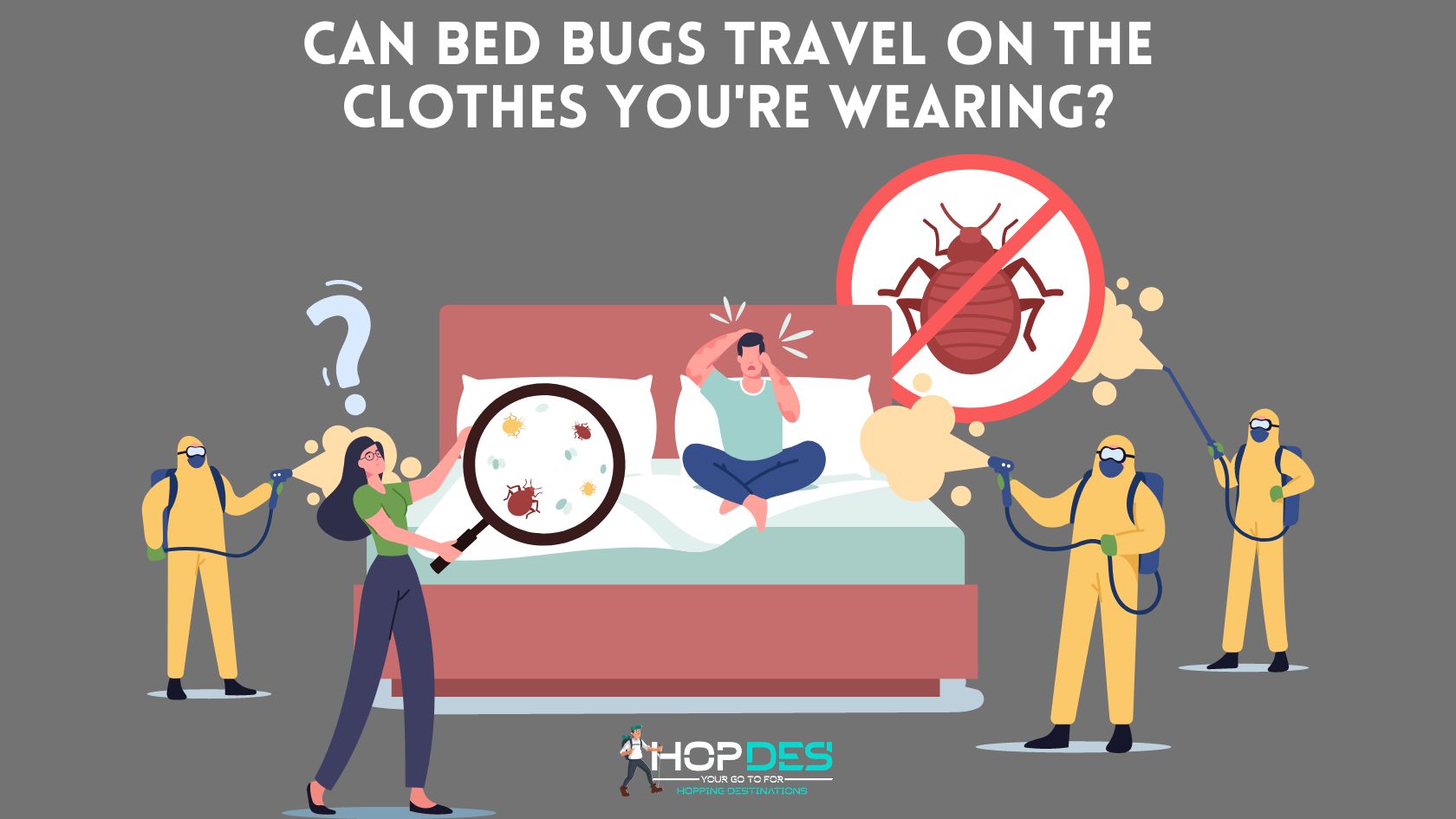
Bed bugs are a kind of tiny, reddish-brown insects that feed on the blood of mammals. As a result of their infestations, people in homes, hotels, and other structures often experience pain and annoyance.
The question “Can bed bugs travel on clothes you’re wearing?” is a frequent one. We will address that topic and provide advice for avoiding a bed bug infestation in the piece that follows.
Can Bed Bugs Travel on Clothes You’re Wearing?
Yes, bed bugs can travel on your clothes. They are really good at hitching rides on fabrics, like clothing. Even though they can’t fly, they move quickly along surfaces like walls and ceilings to find a new host. When they come across a person, they can easily climb onto their clothes or anything else they have with them.
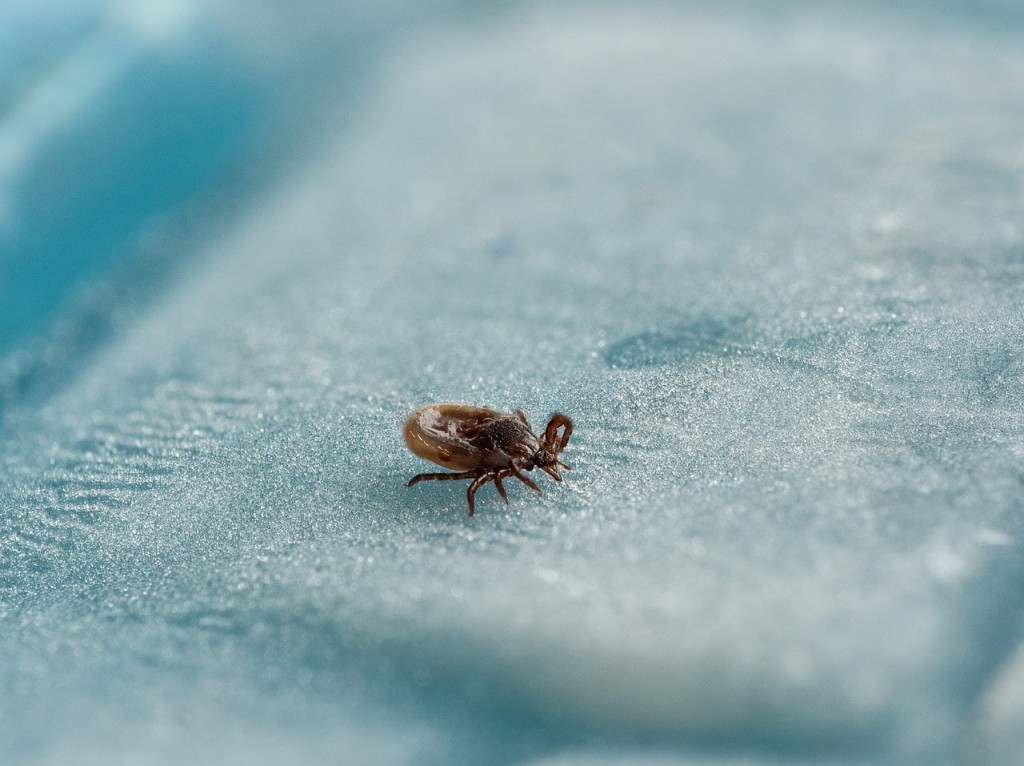
Bed bugs are experts at finding tiny hiding spots, such as beds, headboards, and baseboards. They stay hidden during the day and only come out at night to feed on blood. If an infestation is severe, you might find bed bugs on your clothes or even in your hair.
Bed bugs can hide between creases and buttons, making it easy for them to infest your clothes. They can also fasten to totes, rucksacks, and handbags. Once bed bugs have connected to a person’s clothes or other belongings, they are readily moved to other areas like a house or workplace.
Related: Why Do My Feet Swell When I Travel?
Do Bed Bugs Have a Chance of Surviving on Clothing?
Under typical environmental conditions, bed bugs can survive on clothing for about 2 to 5 days. This estimate is based on their ability to withstand different temperatures and humidity levels commonly found in indoor environments.
In other cases, if your clothes have sufficient moisture, there are chances that bed bugs can survive longer. Stored clothing can harbor parasites for several days. Because of their attraction to the heat and carbon dioxide given off by human bodies, bed bugs can indeed hitch a ride on a person’s clothing.
When bed bugs are on clothing, they may attempt to feed if they sense body heat and carbon dioxide from the person wearing the clothes. However, clothing materials are not an ideal environment for bed bugs to thrive because they do not offer the same hiding spots and access to blood meals as typical harborage areas like beds and furniture.
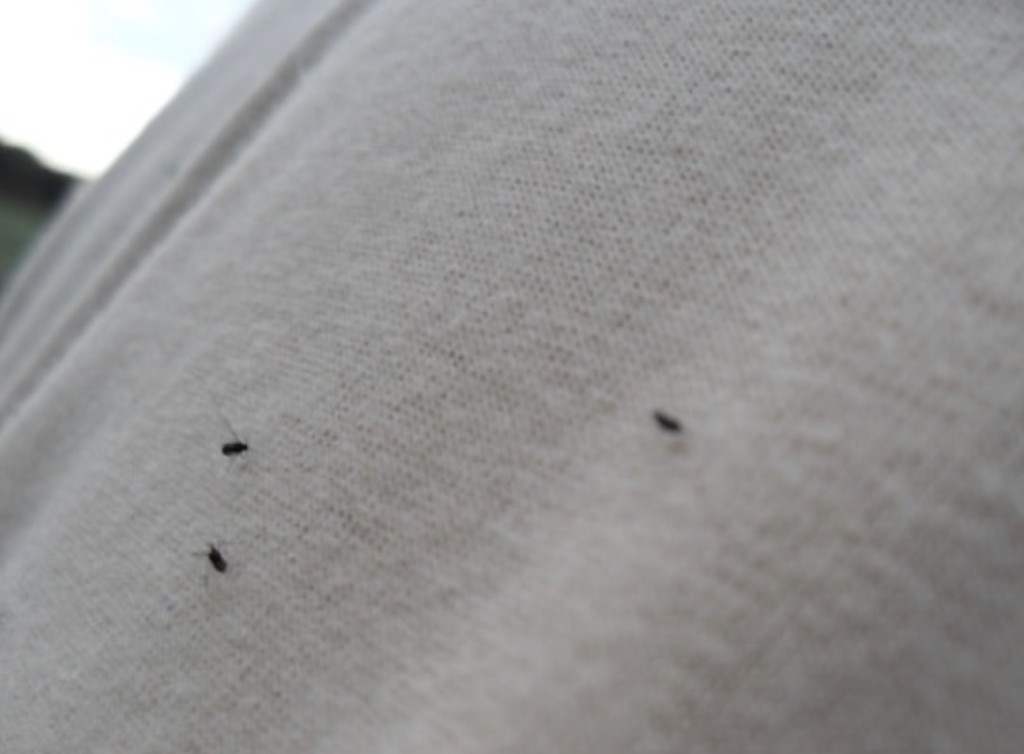
A person’s clothes and other belongings can get infected with bed bugs if they are at a hotel or a residence where the insects have made a home.
Do Bed Bugs Travel on Specific Clothing Materials?
NO, Bed bugs will infest any item of clothing or fabric that they can use as a hiding spot, and they have no preferences in the matter. The warmth, carbon dioxide, and presence of people that attract bed bugs also make items of clothes and bedding that have been in close touch with a human more likely to be infected.
Cotton, wool, silk, and synthetic fabrics are all equally susceptible to infestation by bed bugs. They can also conceal themselves in pockets and creases. Bed bugs can also move to new sites by hitchhiking on people’s clothing and other personal items, such as backpacks, purses, and luggage.

Can You Tell Whether You Have Bed Bugs by Looking at Your Clothes?
Yes, you may be able to tell if you have bed bugs by examining your clothes, but it’s important to note that finding bed bugs on clothing alone may not definitively confirm an infestation.
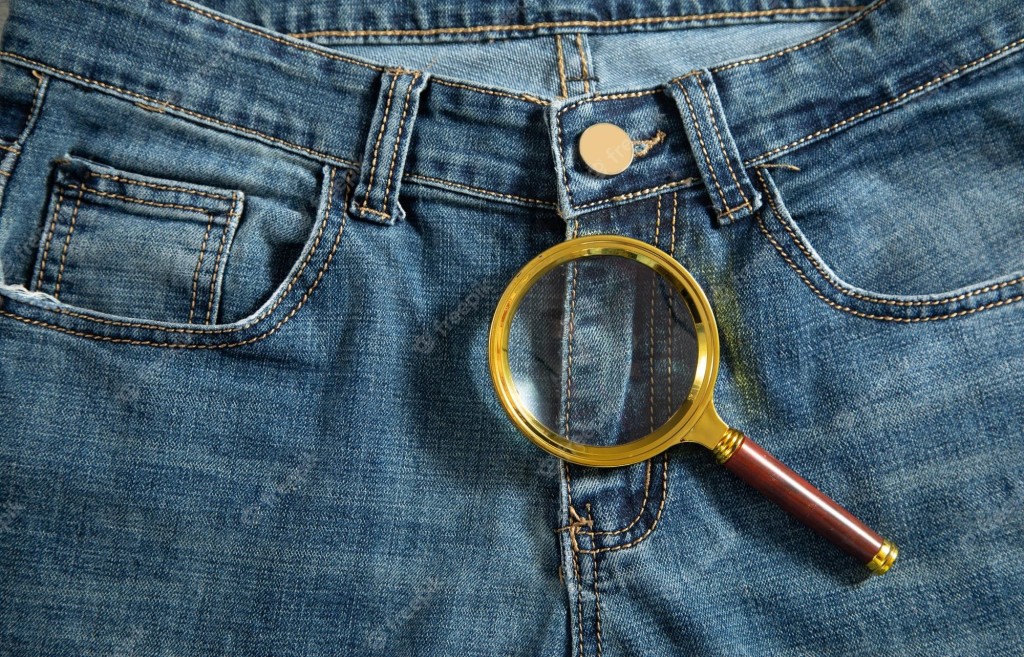
Due to their tiny size, bed bugs sometimes hide in creases and seams, making it difficult to check for them in clothes. However, here are some signs you can look for on your clothes that may indicate the presence of bed bugs:
- Red or brown stains: These stains could be bed bug feces or crushed bed bugs that have fed on blood. They may appear as small dots or streaks on the fabric.
- Small dark spots could be bed bug excrement, which looks like tiny black specks. You might find these spots on your clothes, especially in the seams and folds.
- Shed skins: Bed bugs go through several molting stages as they grow. You might find their translucent shed skins on your clothes, particularly around areas where they hide.
- Bed bug eggs: Bed bug eggs are tiny, pearly white, and about the size of a pinhead. They may be laid in clusters or individually, and you might spot them on your clothes, especially in concealed areas.
- Live bed bugs: In some cases, you may spot live bed bugs crawling on your clothing. They are small, oval-shaped, and reddish-brown in color.
Suggested Reading: How to Unclog Ears After Flying With a Cold? [New Methods 2023]
How to Remove Bed Bugs From Clothes?
You can use the following remedies to remove bed bugs from clothes:
- Start by giving your clothes a good shake if you think they could have been exposed to bed bugs, as after a stay at a hotel with an infestation. If bed bugs are lurking in the creases or seams of your clothes, this can assist to flush them out.
- Launder the clothes in hot water (at least 60°C/140°F) and tumble dry on the highest heat setting. This will kill any bed bugs and their eggs.
- If you feel you have a bed bug infestation, it is a good idea to contact a professional for assistance in getting rid of the pests.
Important: Place the infested clothes in a sealed plastic bag to prevent bed bugs from spreading to other items.
How to Avoid Bed Bugs to Get into the Clothes?
You should dress in clothes that can withstand a hot dryer. Your winter coat and any additional clothing you plan to wear (like mittens) are included. Wearing light colors can help you see bed bugs more easily. While no one item of clothing will guarantee protection against bed bugs, there are measures one may take to lessen their chances of being bitten.
- Wear long pants and shirts to hide as much flesh as possible from bed bugs if you must go to a region where these pests are common. Because of this, bed bugs will have a harder time biting and hiding in the fabric.
- Wearing light colors will help you notice any bed bugs that may have hitched a ride on your clothes.
- Avoid secondhand clothes and furnishings if at all possible, since these things may have been in contact with bed bugs in the past.
- Protective coverings should be used to keep bed bugs off of mattresses and other furnishings.
Even if you take all of these measures, you might still come into touch with bed bugs. Washing clothes and other objects in hot water and getting expert aid to get rid of bed bugs are both critical first actions to take if you believe you have a bed bug infestation.
Editor’s Pick: The Ultimate Guide to Measuring Luggage: Find the Right Way
Extra Precautionary Advice
It is vital to keep bed bugs from entering your house through your belongings, so do not let them catch a ride on your clothes. Here are some things you can do to prevent bed bugs from attaching themselves to your clothes:
- Check for bed bugs before settling into a hotel room or apartment. Check the bed and couch for evidence of an infestation, such as bugs, eggs, or blood.
- If you are staying at a hotel or rented apartment, do not put your bags on the bed or floor. Put the suitcases on racks.
- Put your dirty clothes in a plastic bag and wash them in hot water as soon as you get home from a vacation. Be cautious to dry your clothes in a hot dryer, since high heat will kill bed bugs.
- Do not bring used furniture or appliances into your house without first inspecting them. Furniture, bags, and other belongings are prime hiding spots for bed bugs.
- Maintain a consistent vacuuming schedule, paying close attention to cracks and crevices where bed bugs can hide. Bed bugs are avoided by discarding vacuum bags outside of the house.
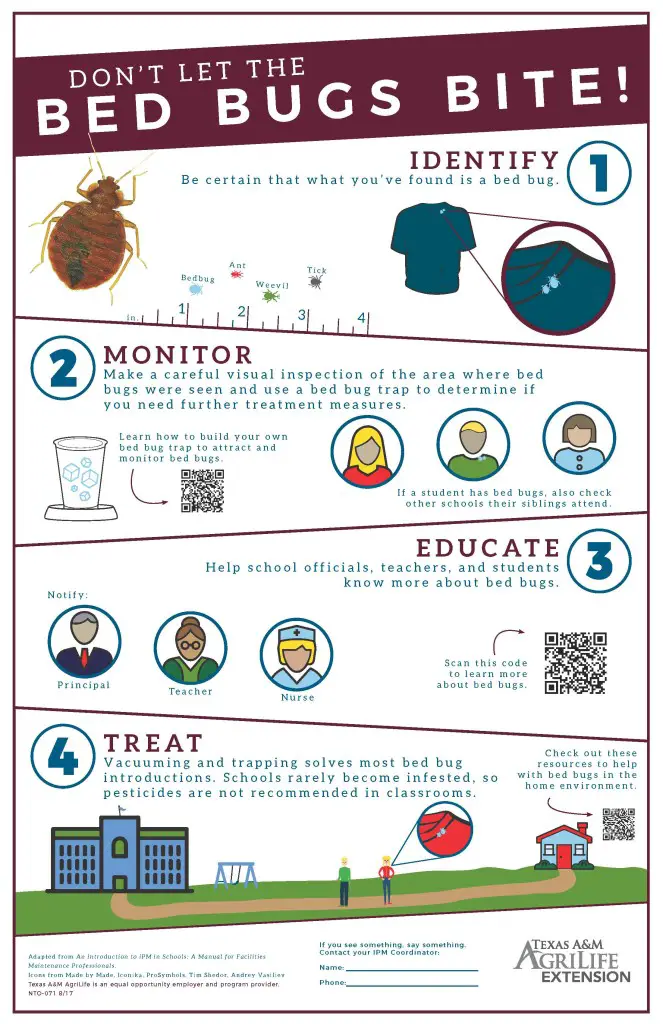
Taking these precautions can lessen the likelihood that bed bugs may hitch a ride on your belongings and enter your house. Keep in mind that the best way to deal with bed bugs is to avoid getting them in the first place.
Related: How to check out of a Hotel? – The Complete Guide
Conclusion
Bed bugs are a pervasive nuisance that can disrupt a person’s daily life. They do not live on humans but can spread readily on materials like clothes therefore it is best to avoid letting that happen.
To prevent importing bed bugs into your own house, it is advised that you wash all clothes and baggage in hot water and dry them on high heat. Seek expert assistance if you feel you have a bed insect problem. DIY therapies and home remedies cannot only fail to eradicate an infestation but can also encourage the spread of bed bugs to other parts of the house.
Can Bed Bugs Travel on Clothes You’re Wearing - FAQs
Yes, bed bugs can hitch a ride on your clothes and other personal belongings. While they cannot fly, they move quickly along surfaces and can easily crawl onto clothing.
To remove bed bugs from clothes, wash them in hot water (at least 60°C/140°F) and tumble dry on the highest heat setting. This will effectively kill any bed bugs and their eggs. Also, store infested clothes in sealed plastic bags to prevent the spread of bed bugs to other items.
To avoid bed bugs hitchhiking on your clothes, inspect hotel rooms and apartments before settling in, avoid placing your bags on beds or floors in infested areas, wash and dry your clothes immediately after returning from trips, and inspect used furniture or belongings before bringing them into your home.
![What To Wear To a Drag Show? [HOTTEST Outfit Ideas]](https://hopdes.com/wp-content/uploads/2024/01/What-to-wear-to-a-Drag-Show-390x220.jpg)



![What to Wear to an Outdoor Concert? [Cute Outfit Ideas]](https://hopdes.com/wp-content/uploads/2023/11/What-to-Wear-to-an-Outdoor-Concert-Cute-Outfit-Ideas-390x220.jpg)

